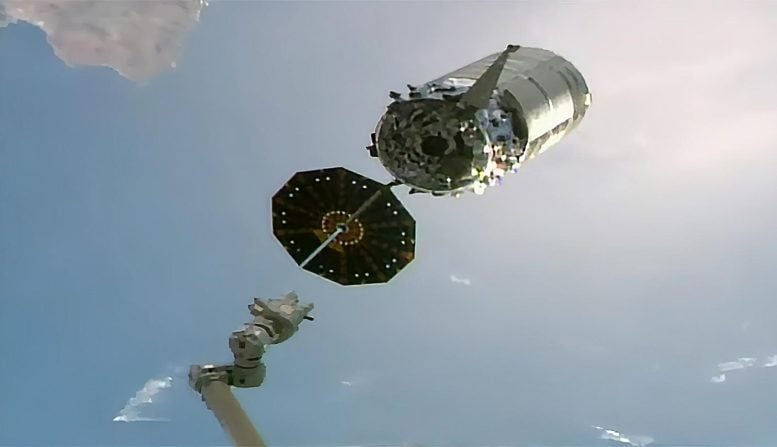
The Cygnus space freighter is pictured moments after being released from the grip of the Canadarm2 robotic completing its stay at the space station. Credit: NASA TV
The Cygnus spacecraft successfully departed the International Space Station after delivering 8,200 pounds of supplies and will undergo a planned destructive re-entry, safely burning up in Earth’s atmosphere.
At 7:22 a.m. EDT (4:22 a.m. PDT), Northrop Grumman Cygnus spacecraft was released from the Canadarm2 robotic arm which earlier detached Cygnus from the Earth-facing port of the International Space Station’s Unity module. At the time of release, the station was flying southwest of Ireland.
The unpiloted Northrop Grumman CRS-18 Cygnus cargo craft was released from the nadir port of the Unity Module of the International Space Station on April 21 by flight controllers on the ground in Houston, Texas. NG-18 launched on November 7, 2022, on an Antares rocket from the Wallops Flight Facility in Virginia, beginning a two-day flight to the International Space Station. Following an April 21 deorbit engine firing, Cygnus will begin a destructive re-entry in which the spacecraft, filled with trash, will burn up in Earth’s atmosphere. Credit: NASA
The Cygnus spacecraft successfully departed the space station more than five months after arriving at the microgravity laboratory to deliver about 8,200 pounds of supplies, scientific investigations, commercial products, hardware, and other cargo for NASA.
Following a deorbit engine firing later Friday evening, Cygnus will begin a planned destructive re-entry, in which the spacecraft – filled with trash packed by the station crew – will safely burn up in Earth’s atmosphere.
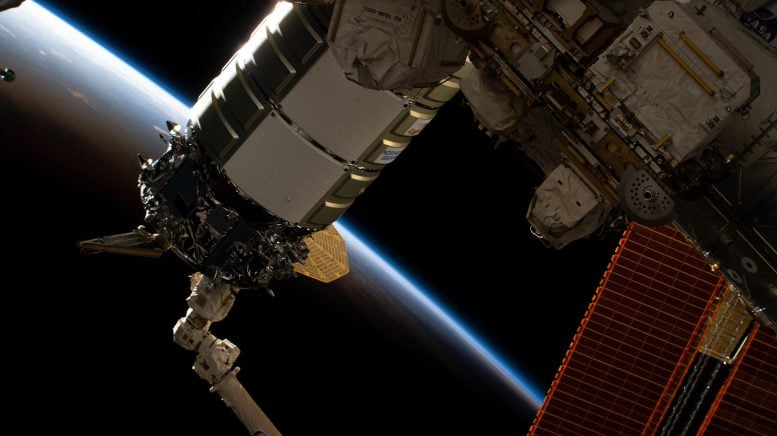
The Northrop Grumman Cygnus space freighter is pictured in the grip of the Canadarm2 robotic arm as ground controllers remotely install the cargo craft to the International Space Station’s Unity module on November 9, 2022. The space station was orbiting into a sunset 257 miles above the Indian Ocean off the coast of the African nation of Tanzania. Credit: NASA
Cygnus arrived at the space station on November 9, 2022, following a launch on Northrop Grumman’s Antares rocket from NASA’s Wallops Flight Facility on Wallops Island, Virginia. It was the company’s 18th commercial resupply services mission to the space station for NASA. Northrop Grumman named the spacecraft “S.S. Sally Ride” after late NASA astronaut, physicist, and first American woman to fly in space, Sally Ride, launched on an Antares rocket from the Virginia Mid-Atlantic Regional Spaceport’s Pad 0A at Wallops.

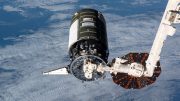
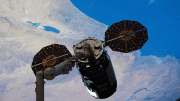
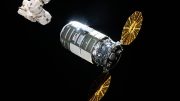
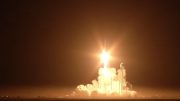
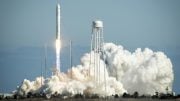
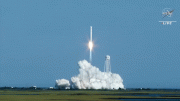
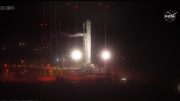
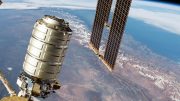
Be the first to comment on "Cygnus’ Fiery Farewell: Space Freighter To Burn Up in Earth’s Atmosphere"